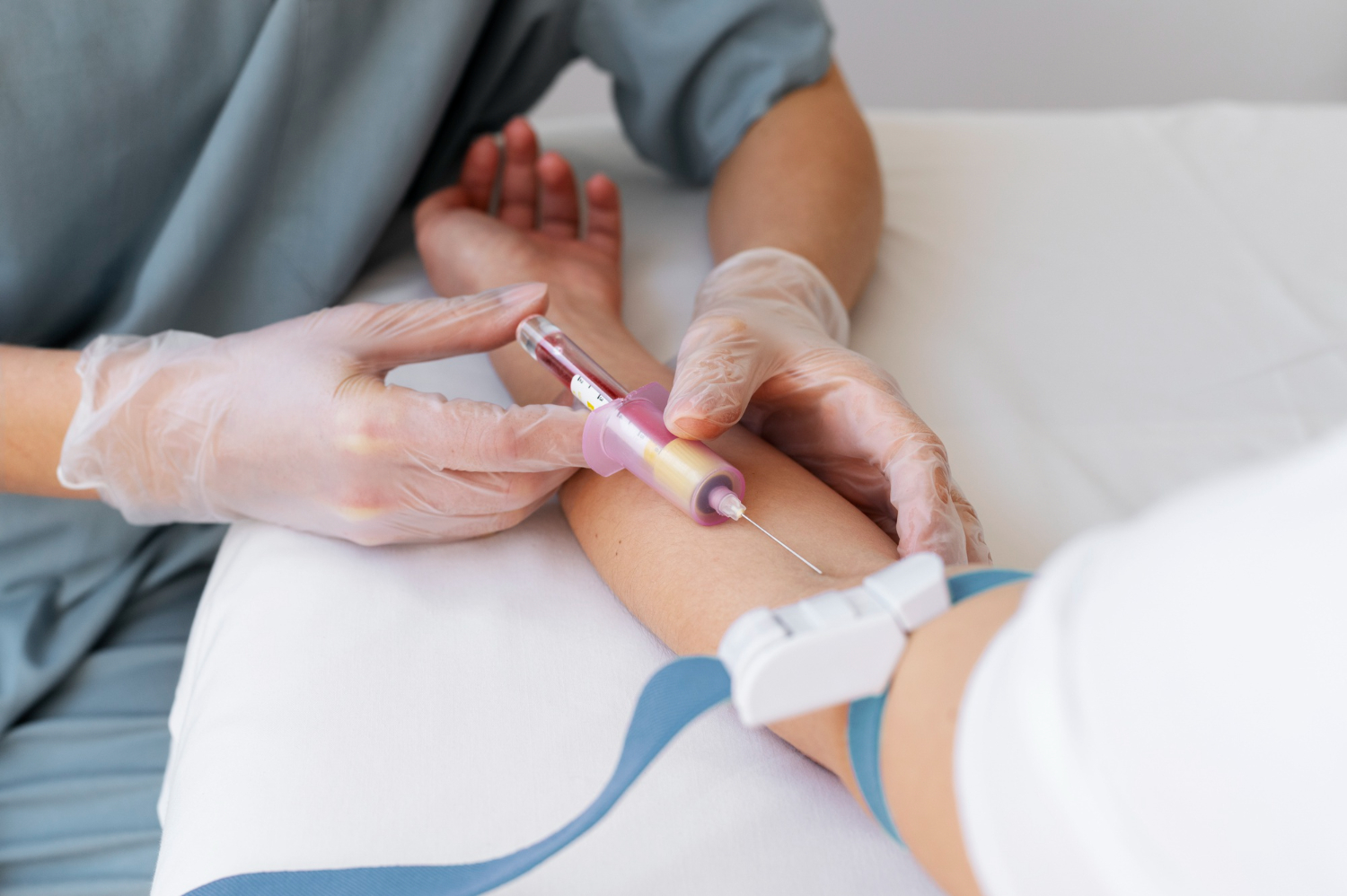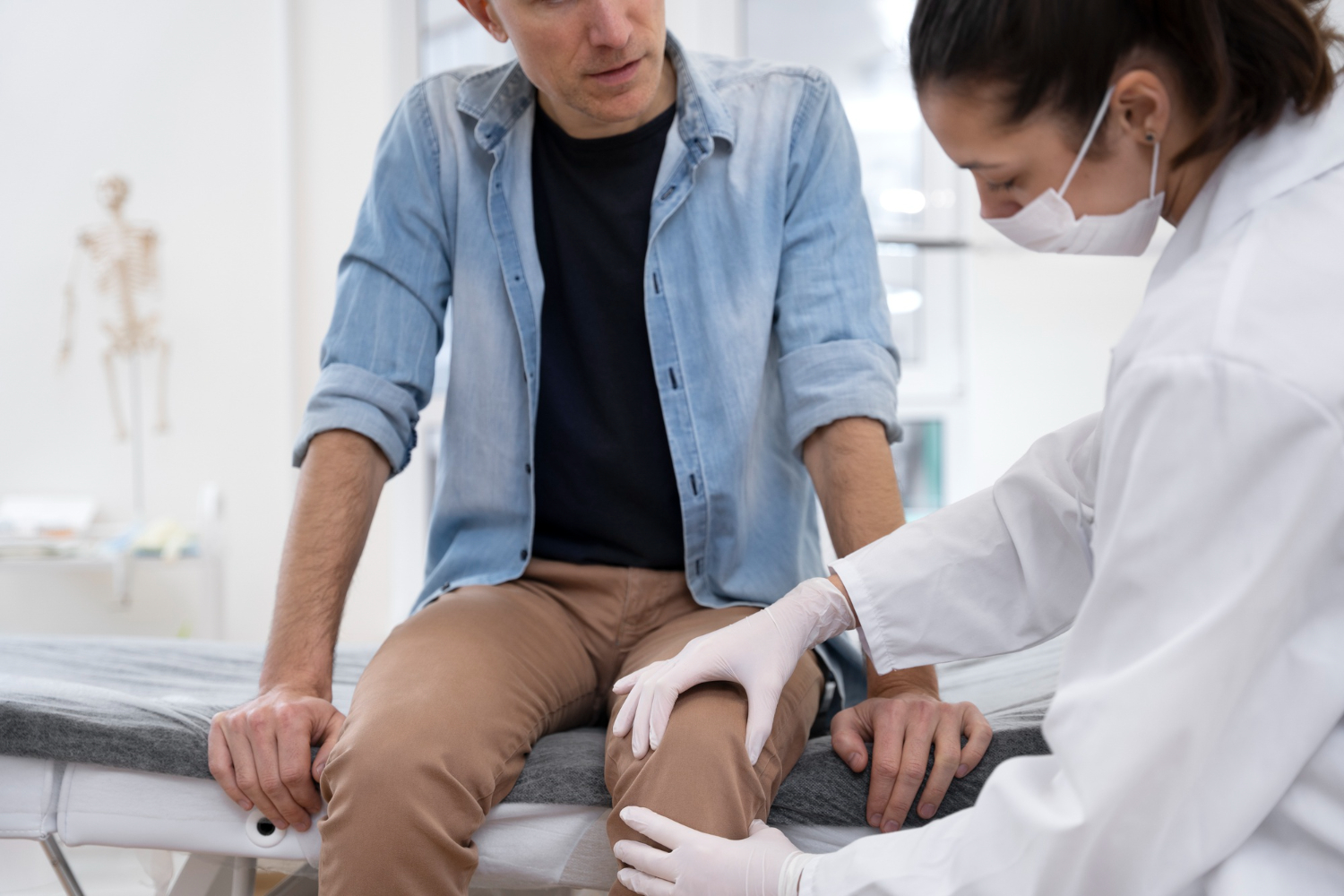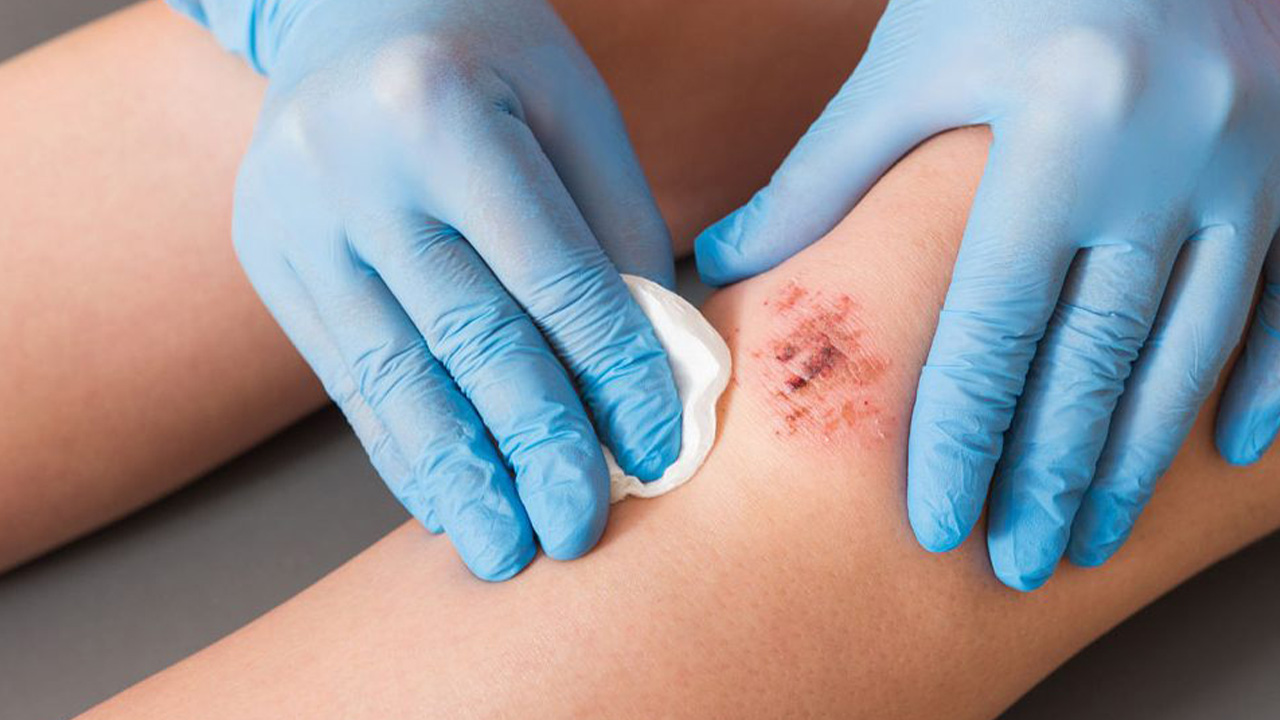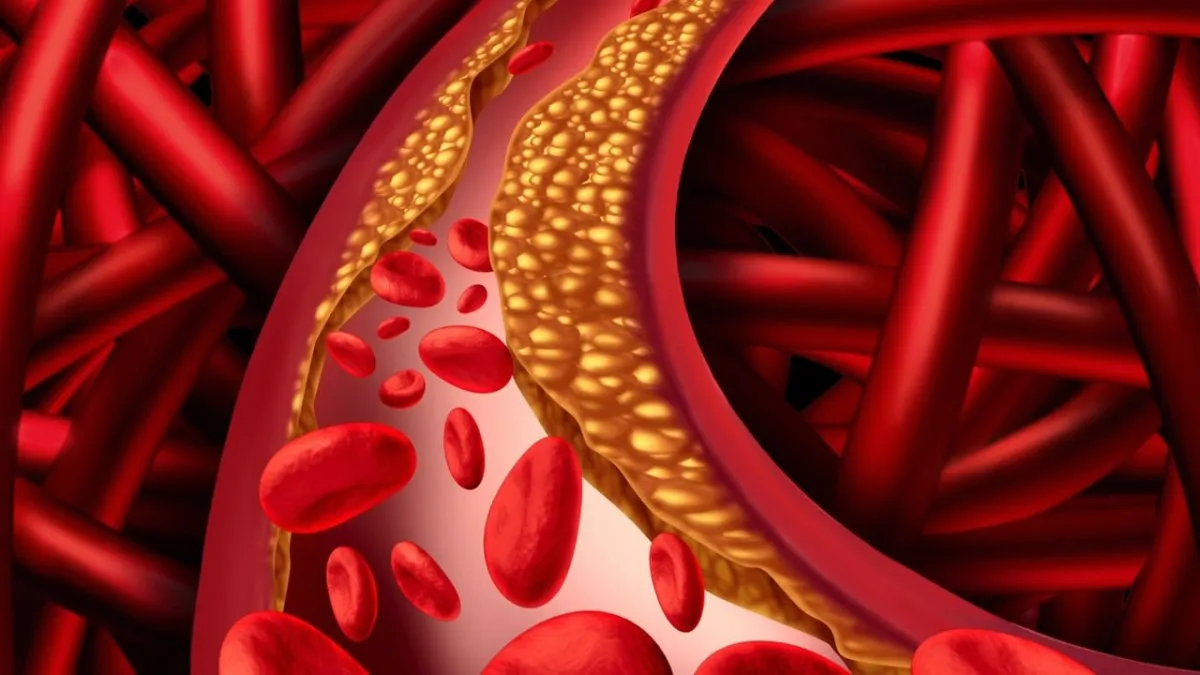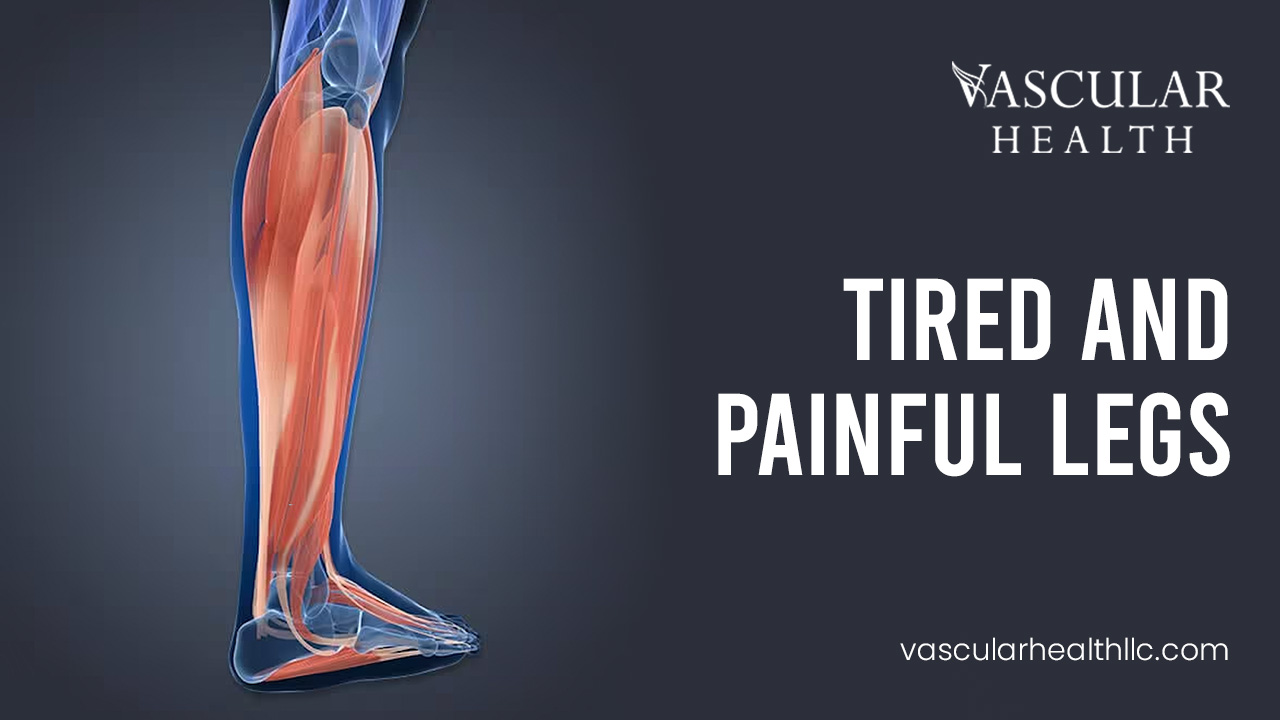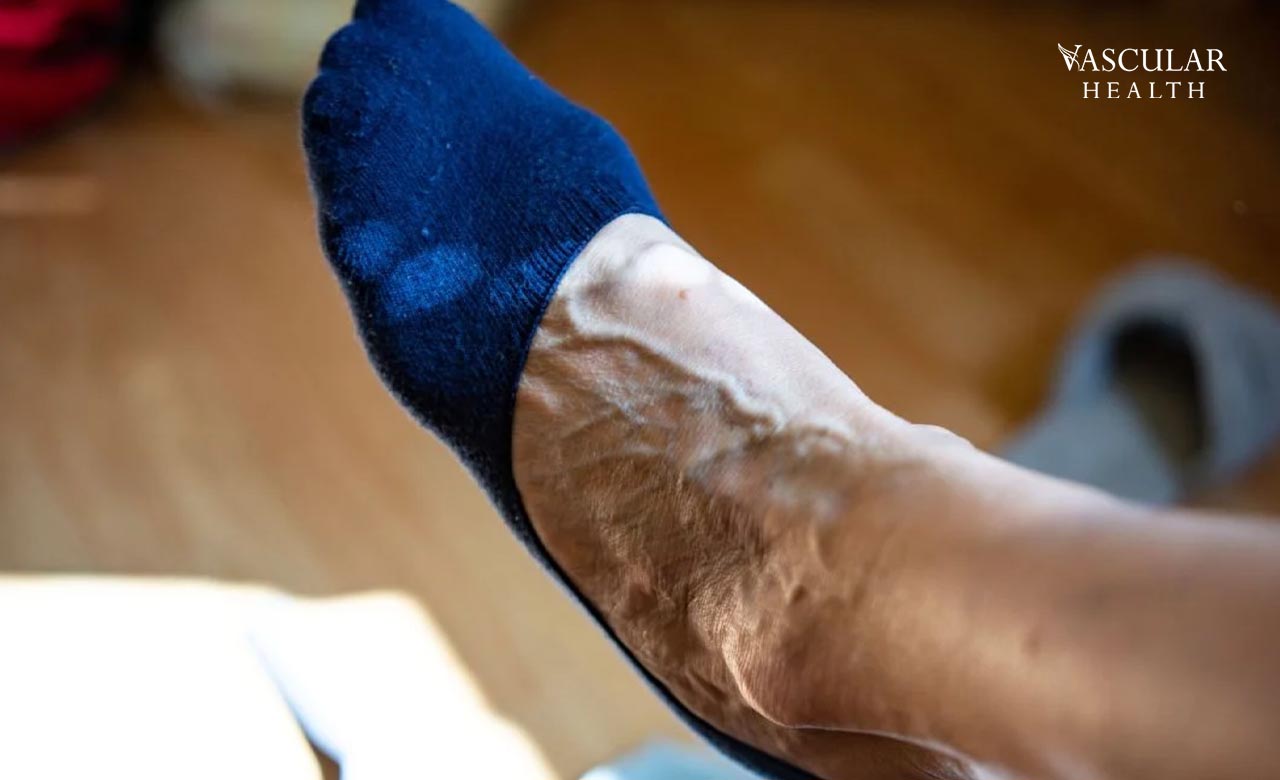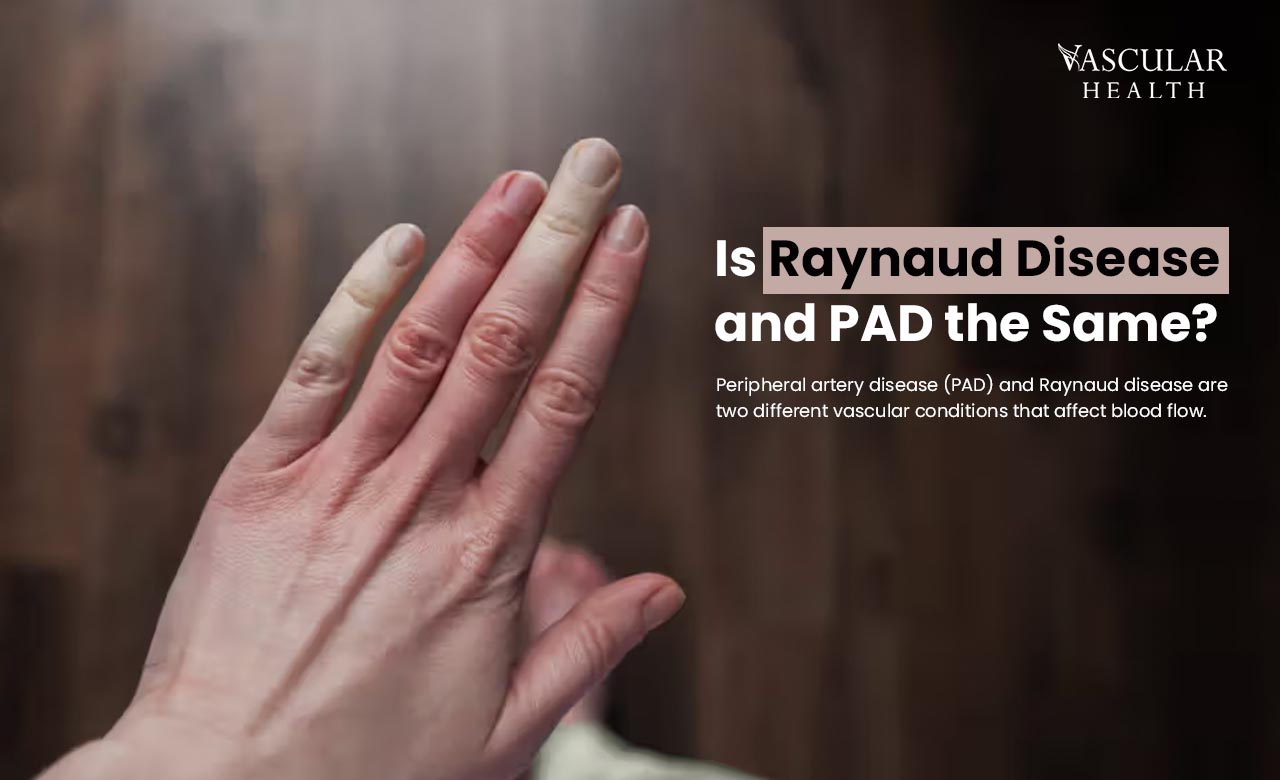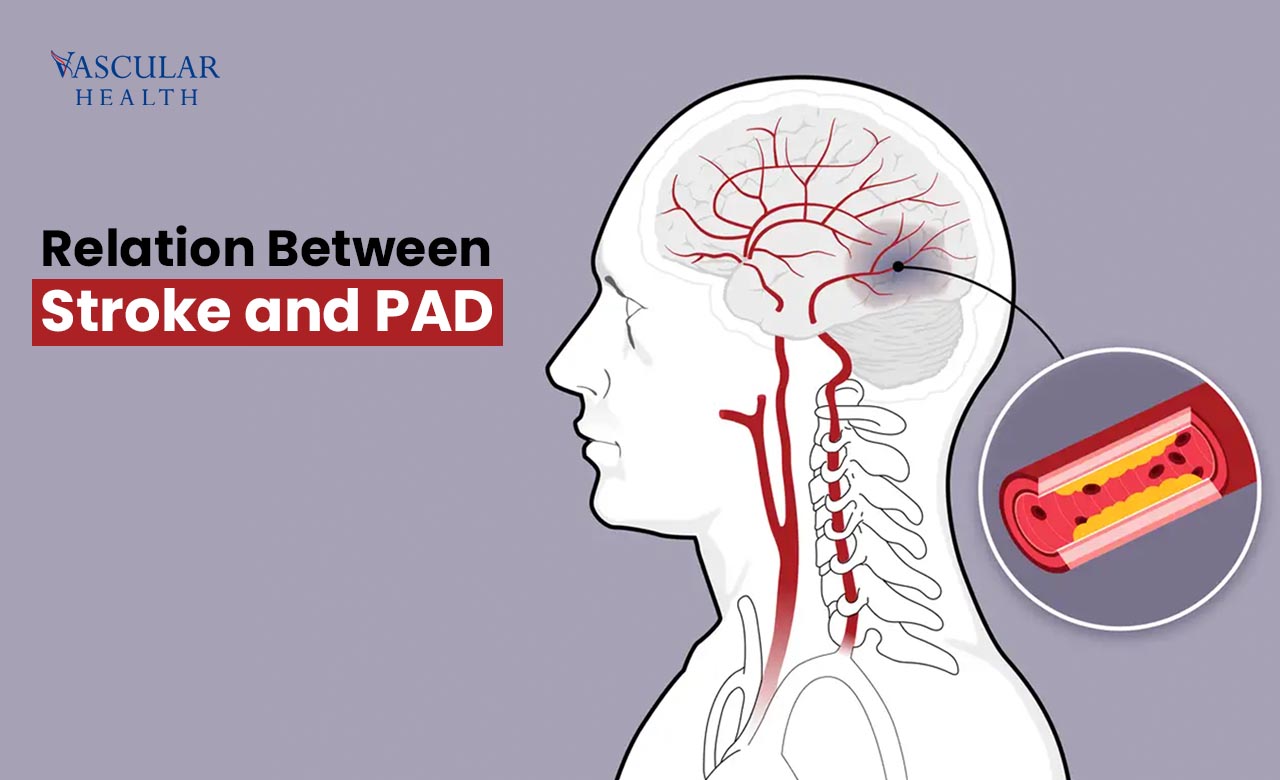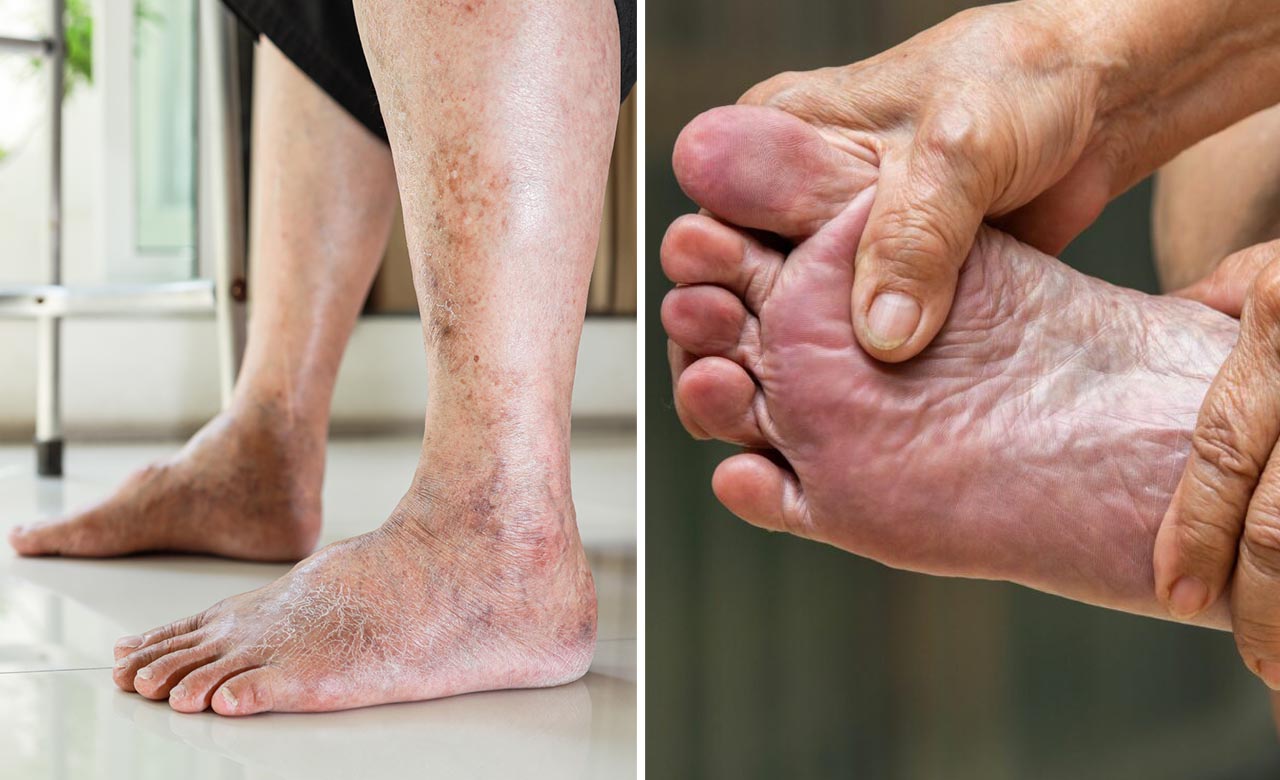Arterial revascularization is a surgery aimed to resume normal blood circulation in the arteries of the lower extremities, frequently compromised by peripheral artery disease (PAD). Fatty deposits in the arteries can cause obstructions that cut off blood flow. Revascularization aids in clearing such obstructions or diverting blood flow to go around the compromised segment. Why […]

